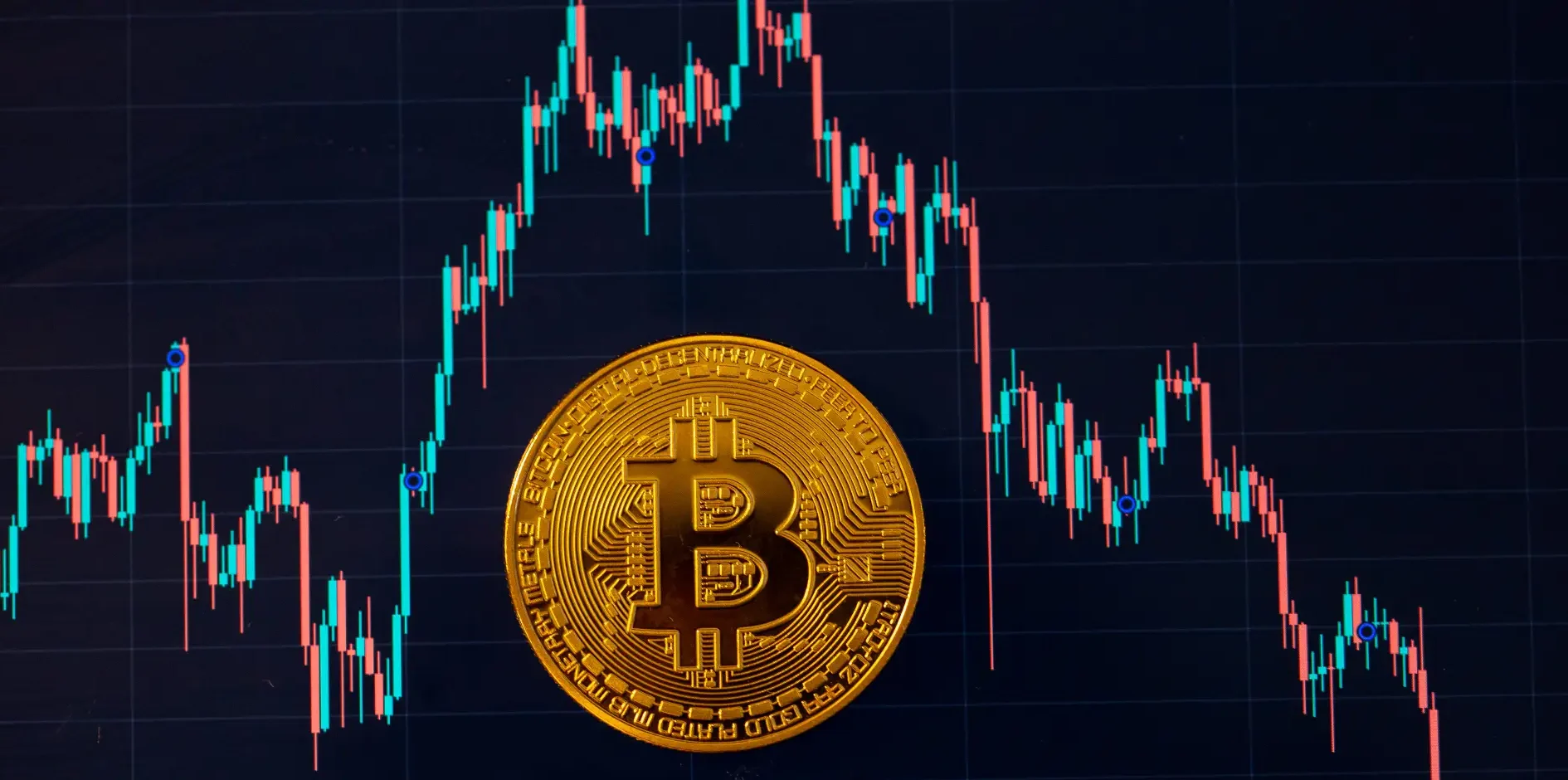Bitcoin Price Drops Below $80,000 Amid Tariffs and Economic

The price of Bitcoin has lately dropped below the remarkable $80,000 mark, which worries traders and investors greatly. This fall corresponds with growing worries about a probable global economic disaster from new tariff policies and greater general market instability. While the bitcoin market suffers from this decline, many traders seek a possible rebound once the consequences of the tariffs pass.
Bitcoin Drops Amid Tariffs
On April 6, 2025, Bitcoin price fell shockingly below the $80,000 level for the first time since late 2024. The drop is connected, among other significant trading partners, to the rise in U.S. taxes on imports from China, Japan, and the European Union. Starting on April 10, 2025, these tariffs in world markets responded anxiously, leading to general sell-offs in cryptocurrency, goods, and stocks. Being a high-risk asset, Bitcoin was especially vulnerable to macroeconomic fluctuations.

Apart from the taxes, investors worry about the wider effects on the economy. Slower global development would discourage investors from risky assets like cryptocurrency should trade tensions rise. For Bitcoin and other cryptocurrencies, this mix of geopolitics and financial crisis generates an explosive climate.
Cryptocurrency Market Decline
The fact that Bitcoin fell below $80,000 captures the general market’s problems. Moreover, altcoins like Ethereum (ETH) and Solana (SOL) were obviously falling. From roughly $1,800, Ethereum dropped to around $1,590, its lowest price over a year. Another well-known cryptocurrency whose value dropped similarly and lost more than 10% in 24 hours is Solana. This negative propensity suggests a broad risk-off attitude among investors, who are looking increasingly for safer havens during the economic crisis.
Though Bitcoin’s value has lately dropped, experts are not concerned. Although the future is yet unknown, many think that Bitcoin’s long-term foundations are still robust. However, as traders respond to the developing macroeconomic scenario, the cryptocurrency market will probably show more volatility in the next few weeks.
Bitcoin Price Outlook
Technically, Bitcoin’s price behavior has been bearish; sure signs suggest even further losses. The so-called “death cross,” whereby a bitcoin’s 50-day moving average crosses below its 200-day moving average, is one vital sign. This trend sometimes indicates that downward momentum is becoming more assertive, thereby indicating the chance for more losses. Further supporting the negative attitude, Bitcoin has also failed to maintain some vital levels recently.
Investors are attentively tracking important support levels to evaluate where the price might settle. Currently under observation are $74,000, $65,000, and $57,000. These levels could offer a buffer should the slump persist and show regions where Bitcoin has traditionally found acceptance. Positively, any possible surge depends critically on resistance levels around $85,000 and $90,000.
Bitcoin’s Resilient Outlook
Though the short-term view is bearish, some experts anticipate that Bitcoin will recover after the uncertainty created by the tariff passes. Based on historical patterns, markets seem to settle following first reactions to significant geopolitical events or legislative changes. For example, following trade-related tensions and legislative crackdowns, Bitcoin enjoyed a substantial rise in 2017, driving its price beyond the $20,000 level.

The continuous institutional acceptance of Bitcoin and other Cryptocurrency markets fuels this hope. Viewed as a hedge against inflation and a possible store of value, major financial organizations, including JPMorgan Chase and Fidelity, have been progressively exposing themselves to Bitcoin. If institutional interest keeps growing, Bitcoin may find support despite more general economic difficulties.
Black Monday Revisited
The phrase “Black Monday” has reappeared among the volatility as investors remember past events of abrupt market collapses. October 19, 1987, saw the most famous “Black Monday,” as world markets fell rapidly. Although some worry that present circumstances could cause another significant market collapse, most analysts think the economic foundations are different nowadays.
Given its distributed character and growing demand for digital assets, several economists contend that the bitcoin market could be more robust than conventional markets. Many saw this as a possible purchase opportunity for long-term investors who believe in Bitcoin’s future potential as the Fear and Greed Index—which gauges investor mood—sits at a low 21, signaling “extreme fear.”
Final thoughts
Although Bitcoin’s price dropping below $80,000 naturally causes worries, it is advisable to consider this in the context of more general economic circumstances. Recent tariff pronouncements, world trade tensions, and recession worries partly cause the present volatility.
Nonetheless, Bitcoin’s long-term prospects are still great, and if the uncertainty about these problems vanishes, the market might recover. Traders should remain alert, attentively observe important support levels and market movements, and take a longer-term view of Bitcoin’s future.




